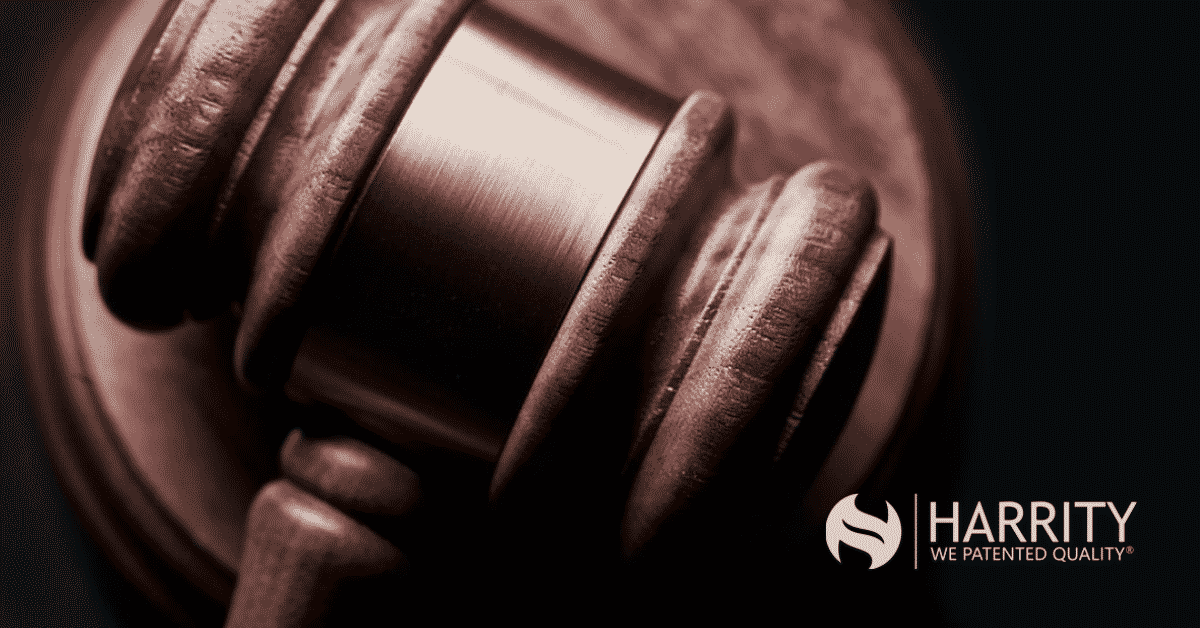Obvious to Use Common Sense (If You Can Prove It)
By Jafar Ali, Associate
In KSR Int’l Co. v. Teleflex, Inc., 550 U.S. 398 (2007), the Supreme Court recalibrated the obviousness analysis to (re-)emphasize the relevance of “the background knowledge posted by a person having ordinary skill in the art” when determining whether there would have been an apparent reason to combine and/or modify prior art to arrive at the claimed invention. Before KSR, the Federal Circuit and lower courts had regularly been applying the so-called “teaching, suggestion, motivation” (TSM) test, which generally required some “teaching, suggestion, or motivation” to combine and/or modify the prior art to support a conclusion of obviousness. Critically, the Supreme Court held that the TSM test as-applied was a rigid and mandatory rule that improperly limited the obviousness inquiry by denying factfinders (e.g., examiners and juries) recourse to common sense. KSR changed the obviousness landscape by rejecting the rigidity and formalism of the TSM test and setting forth “an expansive and flexible approach” in which the factual determinations underlying the obviousness analysis could consider “the inferences and creative steps that a person of ordinary skill in the art would employ.”
One question that was not fully resolved in KSR itself, however, was the extent to which a claimed invention could be rendered obvious based on general knowledge or common sense. Instead, the Court simply stated that the fact-finding supporting an obviousness analysis “should be made explicit” to facilitate review while favorably citing earlier Federal Circuit decisions holding that “there must be some articulated reasoning with some rational underpinning to support the legal conclusion of obviousness.” In Koninklijke Philips N.V. v. Google LLC, 2019-1177 (Fed. Cir. Jan. 30, 2020), the Federal Circuit clarified that the “general knowledge” of a person having ordinary skill in the art can indeed be relied upon to render a claimed invention obvious, even to supply an admittedly missing claim limitation, provided that the record contains a reasoned analysis and evidentiary support for such general knowledge.
In Philips, the Federal Circuit upheld an inter partes decision of the Patent Trial and Appeal Board (“Board”) finding claims 1-11 in U.S. Patent No. 7,529,806 (“the ’806 patent”) to be invalid as obvious over a single prior art reference. The representative claim at issue generally related to a method for delivering digital content for playback on a client device. In particular, the claimed method recited steps to retrieve a next portion of a media presentation during playback of a previous portion, thus reducing delays relative to traditional downloading approaches in which playback cannot begin until the entire media presentation has finished downloading. Google, in challenging the validity of the ’806 patent, referred to a publication explaining a conventional pipelining scheme to divide a media presentation into multiple segments and play a current segment (Sn) while a next segment (Sn+1) is downloading. Citing the pipelining scheme and an expert declaration, Google argued, and the Board agreed, that the claimed method was invalid as obvious because the features admitted to be missing from the prior art were within the general knowledge of a person having ordinary skill in the art.
On appeal, the Federal Circuit held that “the skilled artisan’s knowledge [can be considered] when determining whether it would have been obvious to modify the prior art” regardless of the tribunal. Indeed, citing KSR, the court stated that the obviousness analysis requires an assessment of the “background knowledge possessed by a person having ordinary skill in the art.” However, reliance on general knowledge or common sense would be improper if based solely upon “conclusory statements and unspecific expert testimony,” and using background knowledge to supply a missing claim limitation should be reserved to cases where the missing limitation is “unusually simple and the technology particularly straightforward.” In this case, the background knowledge was sufficient to supply the missing claim features because the Board relied upon expert evidence that was corroborated by the literature establishing that pipelining was within the general knowledge of a skilled artisan.
This case provides important context to further refine the impact that general knowledge has on patentability. One noteworthy aspect is that, in Philips, the party asserting obviousness presented an expert declaration and supporting documentary evidence rather than simply making conclusory statements that a person having ordinary skill in the art would have known about the missing claim features. Accordingly, if a patent applicant is faced with an obviousness rejection relying upon general knowledge during prosecution, the applicant can challenge the Examiner to produce supporting documentary evidence. Furthermore, this case reaffirms the importance of having robust backup positions in a patent application, including dependent claims. Features of independent claims believed to overcome the prior art might be alleged to be within the general knowledge of a skilled artisan in adversarial proceedings when parties asserting invalidity typically devote more resources to finding evidentiary support. Strong dependent claims provide an avenue for at least some claims surviving in that situation.

